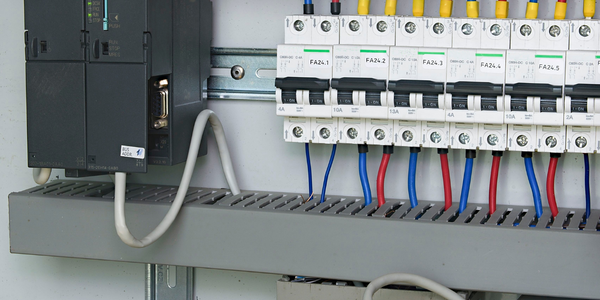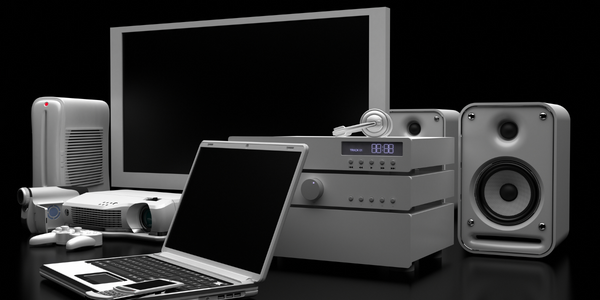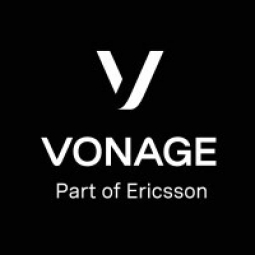Technology Category
- Platform as a Service (PaaS) - Application Development Platforms
- Sensors - Camera / Video Systems
Applicable Industries
- Electronics
- National Security & Defense
Use Cases
- Fraud Detection
- Tamper Detection
Services
- System Integration
About The Customer
InfoCert is a leading company in the field of digital transformation. They are known for providing secure, trustworthy, and innovative technology to their customers, aiding them in their journey towards a more sustainable future. InfoCert is no stranger to regulation in the financial services sector and counts over 50 European banking institutions, along with the European Commission, among its customers. They are experts in leading digital transformation for their clients, tackling the problem of digital identity to bring all work processes into the digital age.
The Challenge
InfoCert, a leader in digital transformation, was faced with the challenge of modernizing time-consuming and resource-intensive digital identity processes. The traditional methods of handling legally binding contracts, which involved physical printing and delivery, were not only inefficient but also susceptible to fraud and loss of documents. Furthermore, these outdated processes did not meet the expectations of digitally savvy consumers who prefer to operate remotely at their convenience. InfoCert recognized the need to address these issues and bring all work processes into the digital age.
The Solution
InfoCert turned to Vonage's secure and reliable video platform to innovate in this critical area. They created the Trusted Onboarding Platform (TOP), a video onboarding solution that combines an innovative, digital customer experience with the security and reliability InfoCert is known for. By integrating Vonage’s live video capabilities into TOP, InfoCert was able to provide a complete onboarding solution that eliminated the need for physical, printed documents. The Vonage platform's secure archiving feature was crucial for institutions to comply with strict regulations, and its high video quality ensured a great experience for end customers, even from their own homes.
Operational Impact
Quantitative Benefit

Case Study missing?
Start adding your own!
Register with your work email and create a new case study profile for your business.
Related Case Studies.

Case Study
Remote Temperature Monitoring of Perishable Goods Saves Money
RMONI was facing temperature monitoring challenges in a cold chain business. A cold chain must be established and maintained to ensure goods have been properly refrigerated during every step of the process, making temperature monitoring a critical business function. Manual registration practice can be very costly, labor intensive and prone to mistakes.

Case Study
Predictive maintenance in Schneider Electric
Schneider Electric Le Vaudreuil factory in France is recognized by the World Economic Forum as one of the world’s top nine most advanced “lighthouse” sites, applying Fourth Industrial Revolution technologies at large scale. It was experiencing machine-health and unplanned downtime issues on a critical machine within their manufacturing process. They were looking for a solution that could easily leverage existing machine data feeds, be used by machine operators without requiring complex setup or extensive training, and with a fast return on investment.

Case Study
Cloud Solution for Energy Management Platform-Schneider Electric
Schneider Electric required a cloud solution for its energy management platform to manage high computational operations, which were essential for catering to client requirements. As the business involves storage and analysis of huge amounts of data, the company also needed a convenient and scalable storage solution to facilitate operations efficiently.

Case Study
Leveraging the IoT to Gain a Competitive Edge in International Competition
Many large manufacturers in and outside Japan are competing for larger market share in the same space, expecting a growing demand for projectors in the areas of entertainment, which requires glamor and strong visual performance as well as digital signage that can attract people’s attention. “It is becoming more and more difficult to differentiate ourselves with stand-alone hardware products,” says Kazuyuki Kitagawa, Director of Service & Support at Panasonic AVC Networks. “In order for Panasonic to grow market share and overall business, it is essential for us to develop solutions that deliver significant added value.” Panasonic believes projection failure and quality deterioration should never happen. This is what and has driven them to make their projectors IoT-enabled. More specifically, Panasonic has developed a system that collects data from projectors, visualizes detailed operational statuses, and predicts issues and address them before failure occurs. Their projectors are embedded with a variety of sensors that measure power supply, voltage, video input/ output signals, intake/exhaust air temperatures, cooling fan operations, and light bulb operating time. These sensors have been used to make the projector more intelligent, automatically suspending operation when the temperature rises excessively, and automatically switching light bulbs. Although this was a great first step, Panasonic projectors were still not equipped with any capability to send the data over a network.









